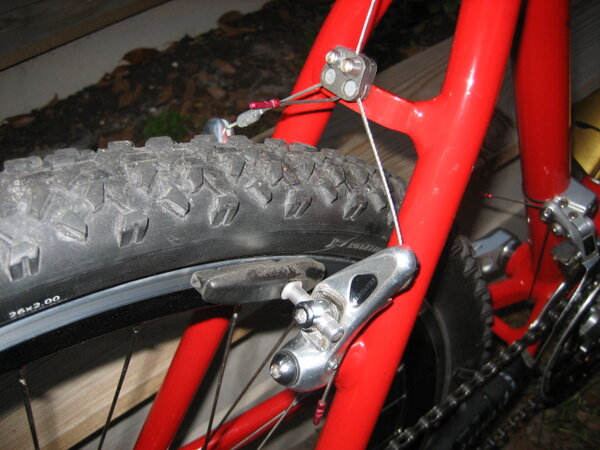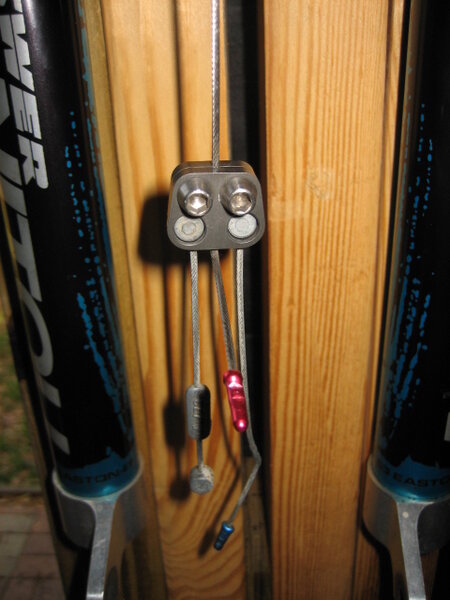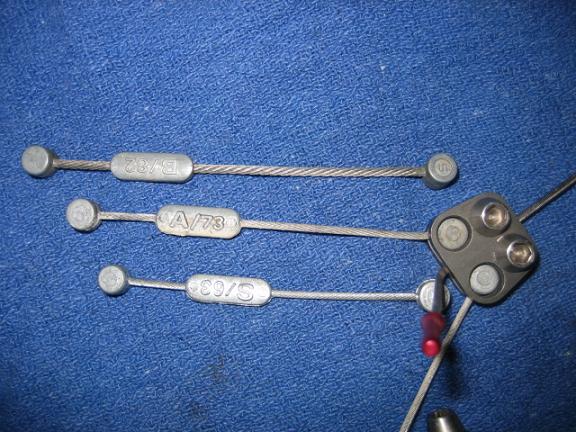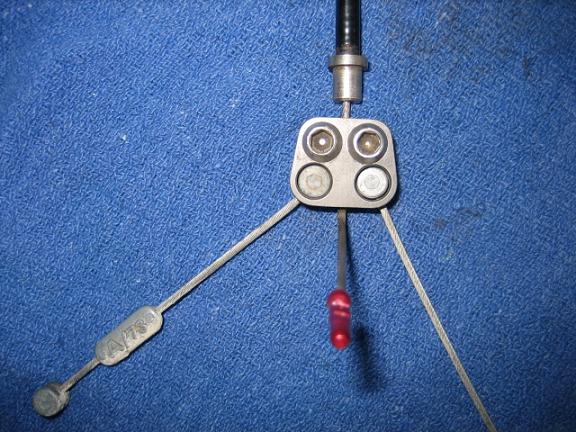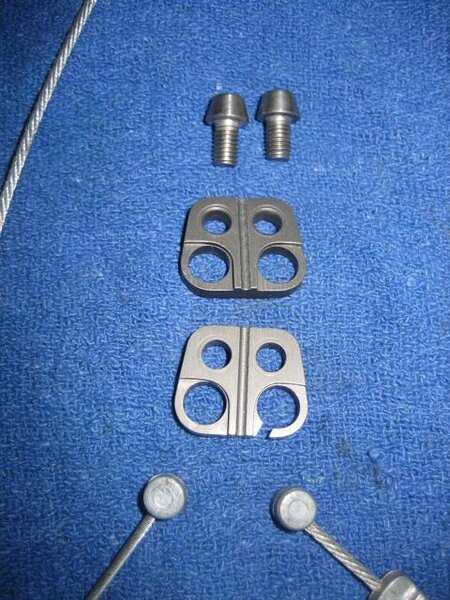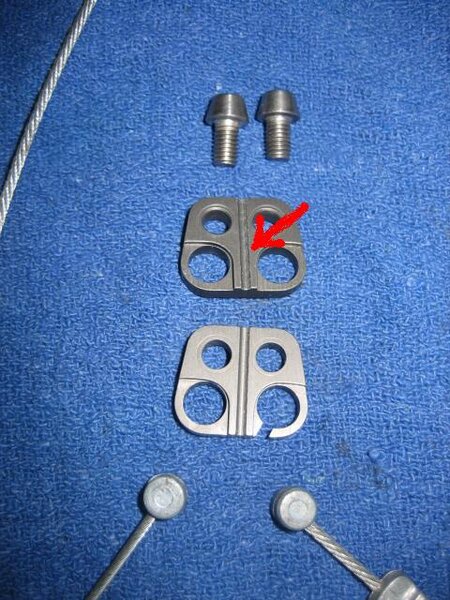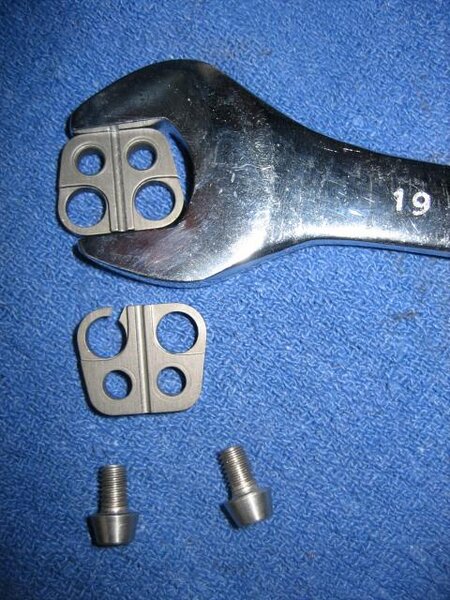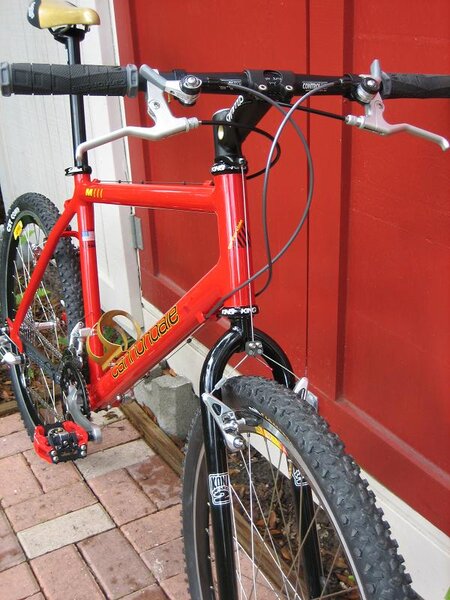utahdog2003
Senior Retro Guru
- Feedback
- View
This thread may be a little long, so to prevent me from losing anything I type in one post-up, I'm going to split the thing into a few. For ease of reading for others, please hold your comments until the last post from me...like there are thousands of you guys waiting for this! HA! 
Anyway, on to the goodies...we'll start with a little history of X-IT. Disclaimer...This is all from memory, 12+ years ago.
X-IT Designs, was the brainchild of two guys that I had the pleasure of working with from July 1996 until October 1997 in Boulder Colorado. Thom Beckett and Frank Vogel. Thom was the business end, and Frank was a skilled machinist and fabricator. X-IT was housed in a shared warehouse/storefront space along with parent company, The Sports Garage, and later Rocky Mounts racks (no business relation). Thom did a great job running the books, but he wasn't the creative mind, so we'll focus on Frank's role here, for the most part. Frank spent a few years working in prototype manufacturing and engineering with Paul Turner at Rock Shox, and then after selling his share of The Sports Garage to Thom, and disolving X-IT, Frank went in as one of the three partners in the original braintrust behind Maverick American Bicycles, again with Paul Turner. Frank was a great guy, and I had a blast working with him. I learned a bunch tagging along behind him like a lost puppy. (private joke..."Don't bother me, I'M WELDING!")
On to the Parts... First up? Dual-Eez cable hangers.
Bicycle brakes are funny things. On the one had you hear all sorts of design and engineering talk about mechanical advantage, and cable pull ratios and stuff like that, but in reality, the number one issue behind why brakes either work or don't work, is installation. Disc, V-style, or cantilever...do it wrong and your brakes will suck. Do it right, and you'll stop on a dime every time...even with cantilevers. Even the best designed brake can only overcome so much poor wrenchmanship. Cantilevers, for all their seeming simplicity, are actually the most complex brake to install and adjust, and in that, they opened the door for the V-style brake, with it's touted "mechanical advantage". The variables for cantilever brake strength and modulation are many...the height of the hanger over the rim, the amount of exposure of brake pad post inside the brake arms, the amount of toe in the pads. Shimano tried to standardize some of these things with their fixed length straddle cables, but with little improvement. The Dual-Eez solved all the deficiencies of the cantilever brake, unfortunately though, back in 1995, the cantilever brake was about to become a thing of the past...
Even the best designed brake can only overcome so much poor wrenchmanship. Cantilevers, for all their seeming simplicity, are actually the most complex brake to install and adjust, and in that, they opened the door for the V-style brake, with it's touted "mechanical advantage". The variables for cantilever brake strength and modulation are many...the height of the hanger over the rim, the amount of exposure of brake pad post inside the brake arms, the amount of toe in the pads. Shimano tried to standardize some of these things with their fixed length straddle cables, but with little improvement. The Dual-Eez solved all the deficiencies of the cantilever brake, unfortunately though, back in 1995, the cantilever brake was about to become a thing of the past...
This picture shows the Dual-Eez installed on the back of my Beast of the East. Eagle Klaw pads, and Deore DX cantis are also shown. Notice that in the picture, all cable lengths associated with the install ARE PERFECTLY STRAIGHT...No curved cable. More on that in a bit...
Anyway, on to the goodies...we'll start with a little history of X-IT. Disclaimer...This is all from memory, 12+ years ago.
X-IT Designs, was the brainchild of two guys that I had the pleasure of working with from July 1996 until October 1997 in Boulder Colorado. Thom Beckett and Frank Vogel. Thom was the business end, and Frank was a skilled machinist and fabricator. X-IT was housed in a shared warehouse/storefront space along with parent company, The Sports Garage, and later Rocky Mounts racks (no business relation). Thom did a great job running the books, but he wasn't the creative mind, so we'll focus on Frank's role here, for the most part. Frank spent a few years working in prototype manufacturing and engineering with Paul Turner at Rock Shox, and then after selling his share of The Sports Garage to Thom, and disolving X-IT, Frank went in as one of the three partners in the original braintrust behind Maverick American Bicycles, again with Paul Turner. Frank was a great guy, and I had a blast working with him. I learned a bunch tagging along behind him like a lost puppy. (private joke..."Don't bother me, I'M WELDING!")
On to the Parts... First up? Dual-Eez cable hangers.
Bicycle brakes are funny things. On the one had you hear all sorts of design and engineering talk about mechanical advantage, and cable pull ratios and stuff like that, but in reality, the number one issue behind why brakes either work or don't work, is installation. Disc, V-style, or cantilever...do it wrong and your brakes will suck. Do it right, and you'll stop on a dime every time...even with cantilevers.
This picture shows the Dual-Eez installed on the back of my Beast of the East. Eagle Klaw pads, and Deore DX cantis are also shown. Notice that in the picture, all cable lengths associated with the install ARE PERFECTLY STRAIGHT...No curved cable. More on that in a bit...
